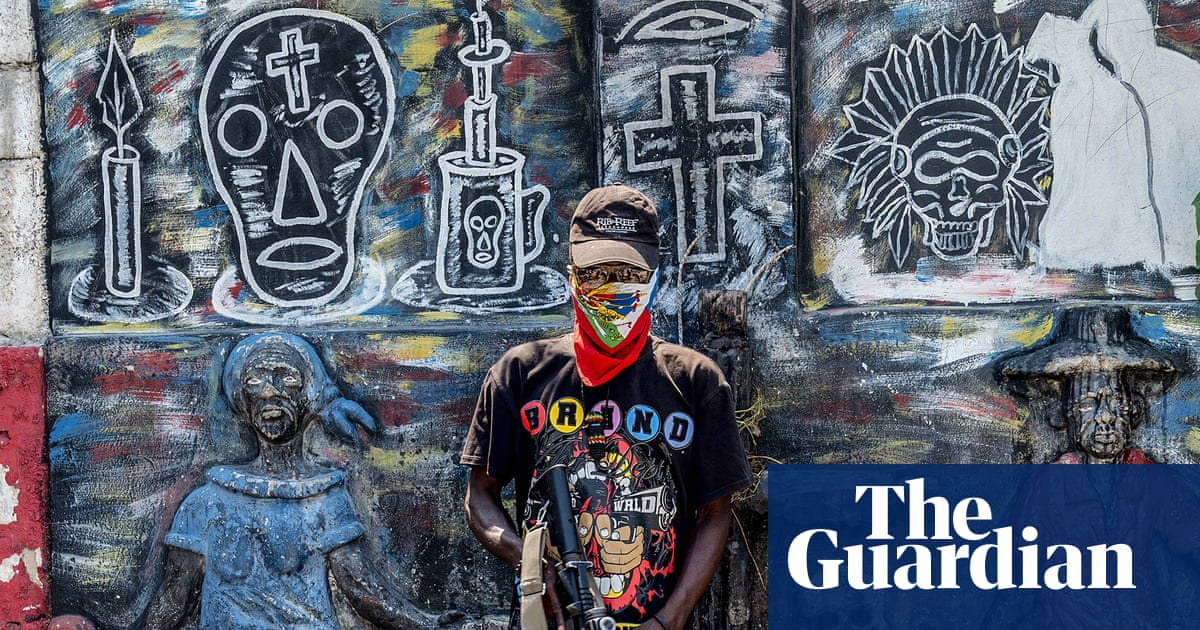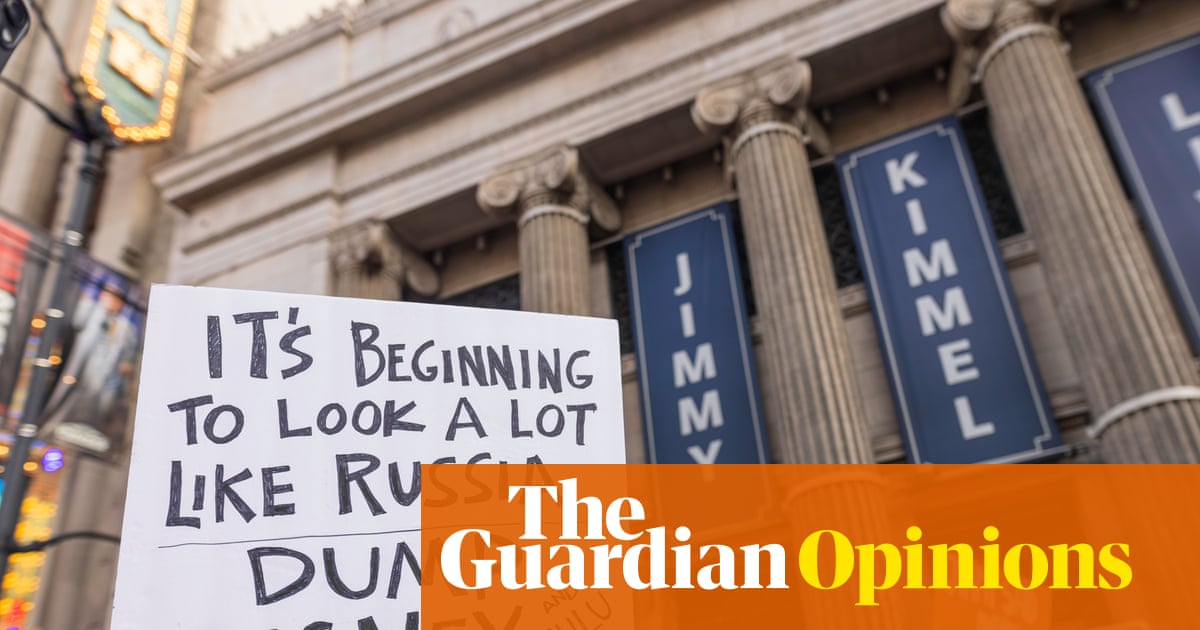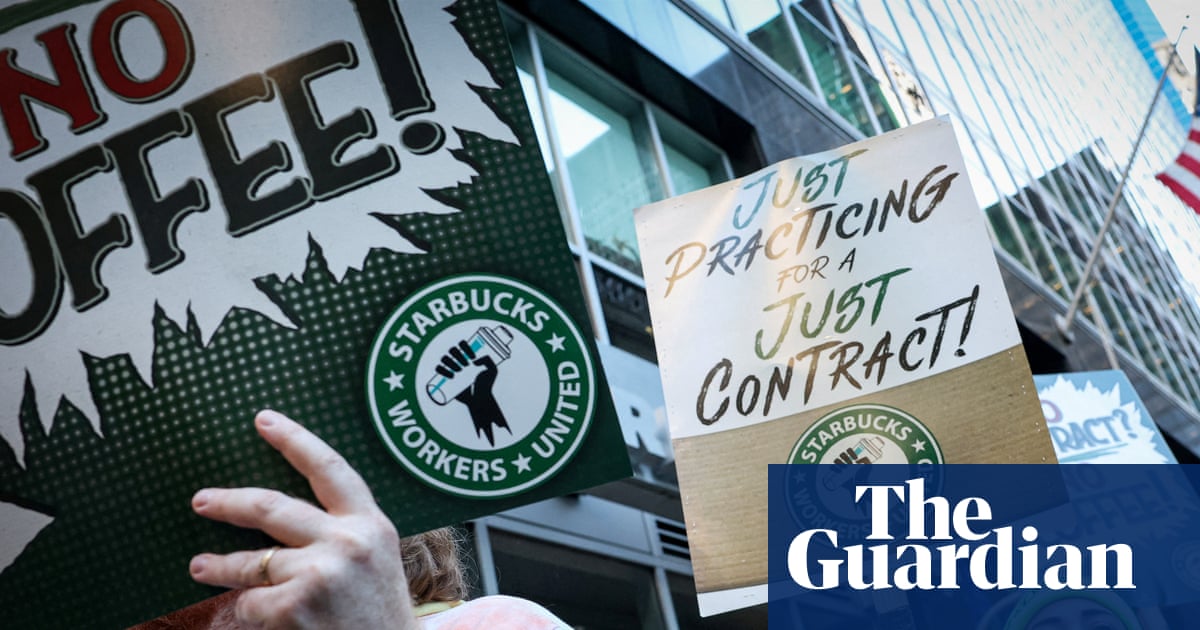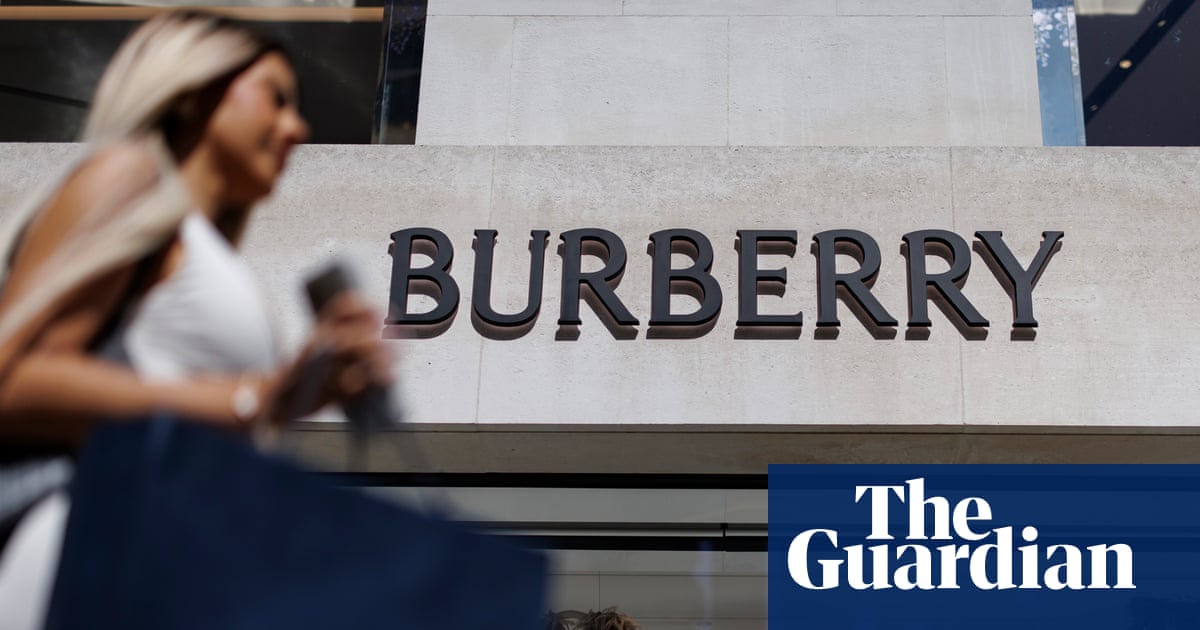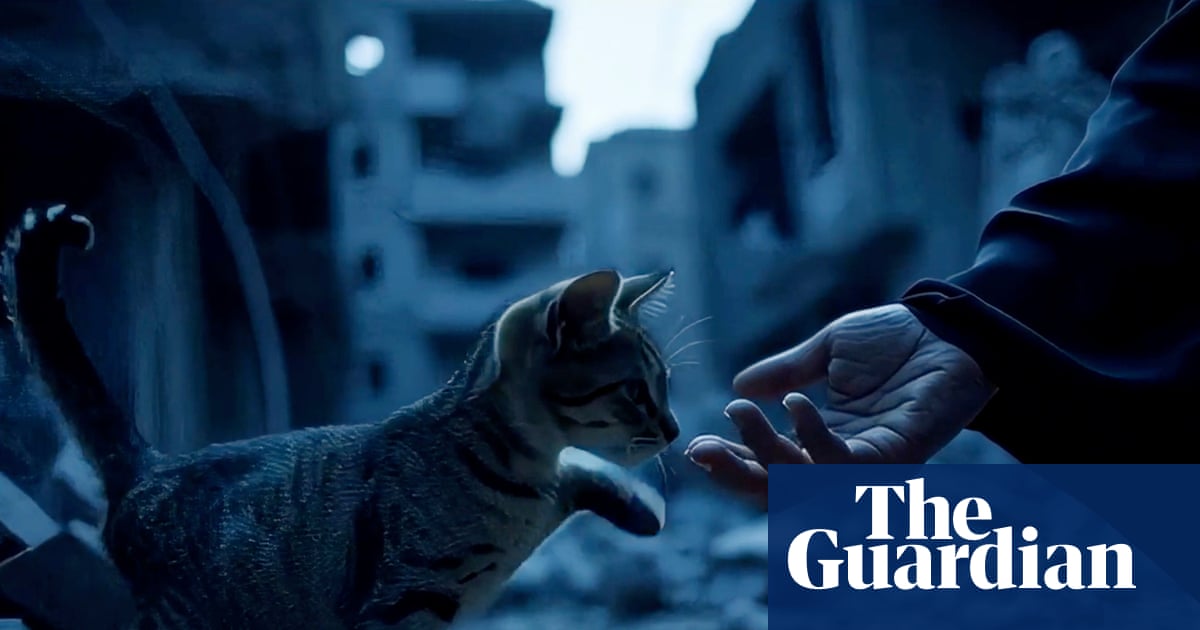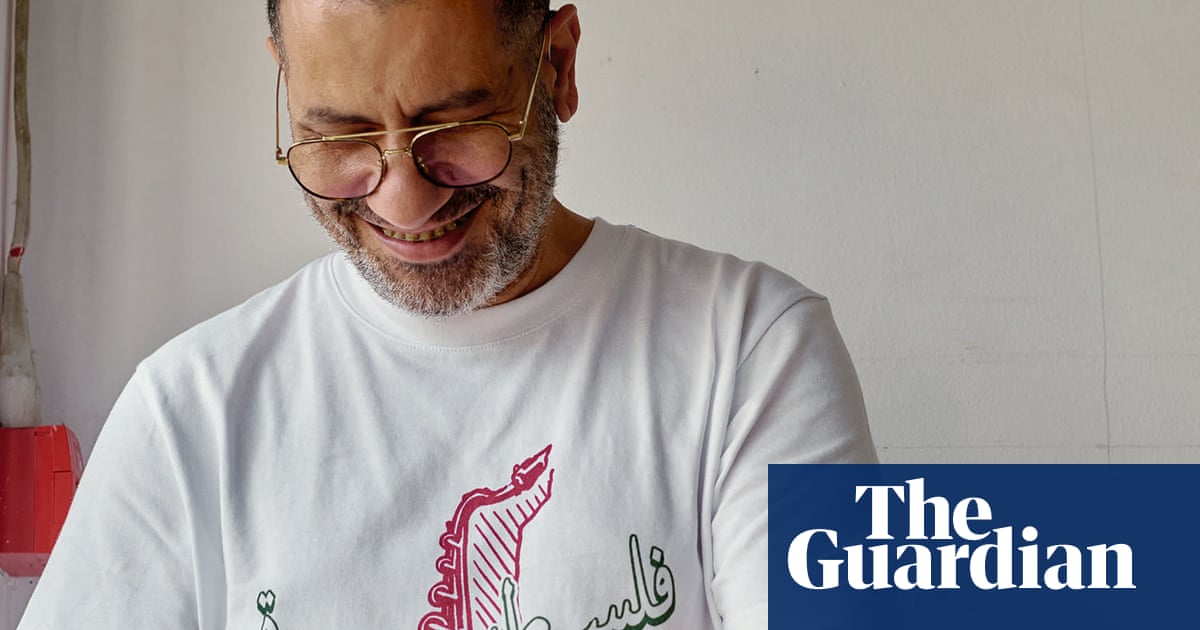Anaís Robles didn’t expect to get teargassed. The co-owner of Colibrí Cafe, the coffee shop that opened this year in Chicago’s East Side neighborhood, saw commotion outside in mid October and ran to see what happened.
Robles saw federal agents donning masks and decided to step back, she was half a block away when the tear gas canisters hit. “People were just in the streets, so to clear out the area, they teargas all of us, and like, multiple teargas [cannisters],” she said.
Robles recalled the burning sensation as she walked back to the coffee shop with her eyes closed.
ICE and Customs and Border Protection agents have been raiding almost every part of Chicago in the Trump administration’s wide-ranging “operation midway blitz”, which started on 9 September 2025. The National Center for Immigrant Justice and Illinois Coalition on Immigrant and Refugee Rights estimated that since the start of “operation midway blitz”, about 1,300 people have been illegally detained, and that violations of a court order to stop warrantless arrests are ongoing. Mayor Brandon Johnson even called this week for the United Nations to investigate the force being used on city streets.
But Chicagoans are also fighting back.

They’re organizing to protect life in a city that in so many ways is defined by the many waves of immigration from Eastern European to South America, with Mexican-born immigrants making up nearly 40% of all foreign-born immigrants in the city. And with entire communities now on edge, and vibrant streets filled with immigrant-owned businesses have turned into ghost towns, many residents have dedicated countless hours and funds to keeping the city intact.
Donald Trump has long targeted the Democrat-led city for its crime rate, calling it the murder capital of the world, on social media, even though the city experienced its lowest murder rate since 1962 this summer.
His feud goes as far back as 2016, when he had to withdraw from hosting a rally citing “security concerns”, as fights broke out between counterprotestors and attendees. Or as far back as 2014, when then mayor Rahm Emanuel called Trump Tower’s embellishment with the President’s last name, “tasteless”.
Since Trump’s first term, residents have been organizing against his impact on the city. But those efforts have ramped up in response to “operation midway blitz”. Residents have hosted ICE Watch trainings, accompanied students for safety, passed out whistles to neighbors to blow when ICE is spotted, and by donating money to those most affected by the raids.

Diego Morales, a volunteer with PUÑO, or Pilsen Unidos Por Nuestro Orgullo said their MigraWatch trainings have consistently reached capacity. Morales has trained more than 2,000 people in how to spot ICE as well as what rights people have that could keep them safe or quickly release them from detention. He has done this since 2016, when Trump first got elected.
“Ideally, we want to reach, like, a critical mass of trained people in the city of Chicago, so that you know everybody going about their day – whether they’re [a] bus driver, whether there’s somebody walking down the street going to a book shop, whether they’re a student coming in and out of school – has these sorts of tools and is connected to the network in some way and can activate,” he said.
Meanwhile, a local West Side group, Belmont Cragin United, has been hosting what has been dubbed “Whistlemania” events, where volunteers gather at a local restaurant to pack whistles, community resource guides, and zines on how to gather a crowd of people when ICE is nearby. Hundreds of people attended these events at locations all over the city’s West Side and packed more than 17,000 kits, according to Block Club Chicago.
“We’re showing them in deeds and actions that we care about them, that the city of Chicago and our neighbors care about these individuals, even if the federal government doesn’t,” Alonso Zaragoza told Block Club Chicago, a Chicago-based nonprofit media outlet.
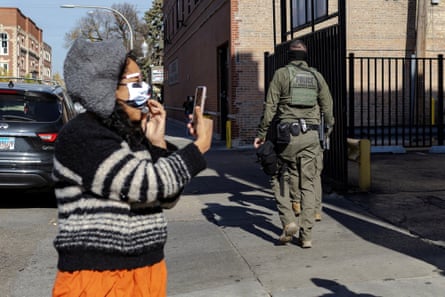
Morgan Martinez, the owner of Solar Intentions, an astrology-themed local sober gathering space in the city’s Edgewater neighborhood, has been active in efforts to educate residents about ICE.
“We’ve been able to become part of local rapid response teams that are entirely community driven: from community patrolling at local businesses and schools to organizing mutual aid, local community organizers are informative, dedicated to protecting our neighbors at all costs,” said Martinez.
Solar Intentions also held a fundraiser for another local business called Edgewater Tacos, which has been struggling since the ICE raids started in September. Martinez said she was inspired to fundraise when she heard that Edgewater Tacos had to close for an entire weekend; locals suggested donations to make up for lost revenue. That fundraiser raised over thousands for the neighborhood business.
In the city’s Little Village neighborhood, the Street Vendors Association of Chicago is making sure that the vendors who sell mango with chamoy, paletas, Mexican corn, and other snacks are able to stay afloat without the fear of going out to potentially be detained by ICE, by fundraising on their behalf. One of the first people detained in operation midway blitz was a flower vendor on the city’s Southwest Side.
“The vendors are small businesses, and you went from seeing 20 vendors to seeing two vendors out there. And sometimes it’s not even the actual vendors, but it’s their kids that are vending for them out of fear,” said Maria Orozco, a development coordinator at SVAC.
Orozco, whose own parents are street vendors, said the organization raised over $230,000 for street vendors. Despite working long hours and fighting exhaustion, she and her colleagues will continue to do so to ensure street vendors can access aid.
Martinez for her part will be doing the same.
“This administration wants us to feel defeated and fatigued from the violence against our local communities, and it may tempt us towards numbness. But the real truth is that when we are present in our bodies, we’re present with each other, which allows to stand up for our communities,” she said.

 2 hours ago
6
2 hours ago
6










